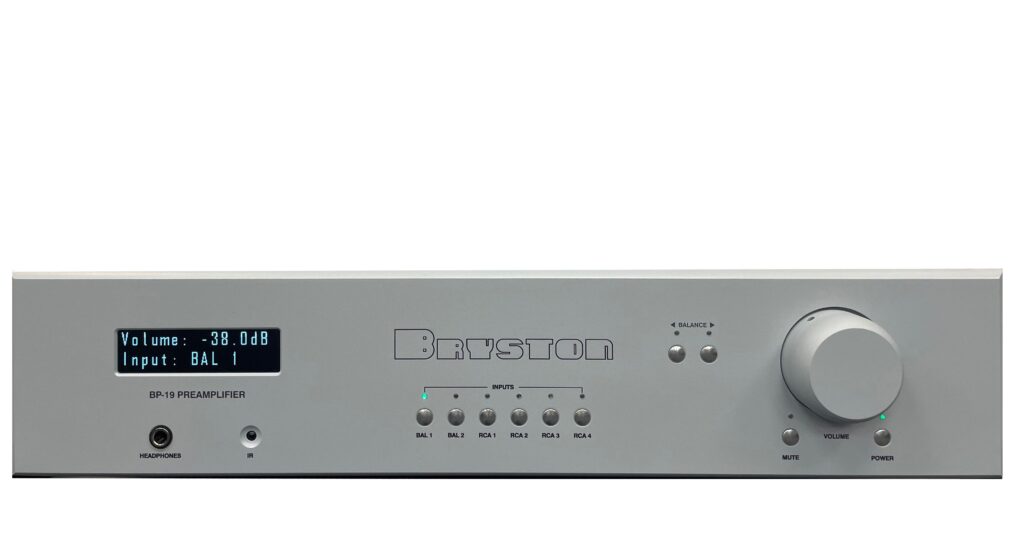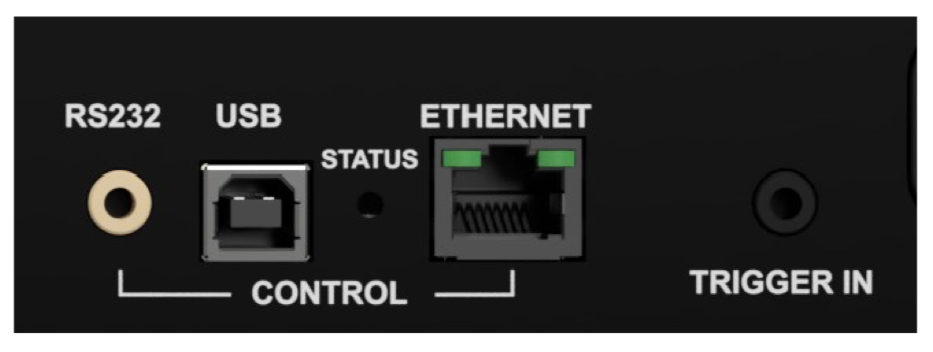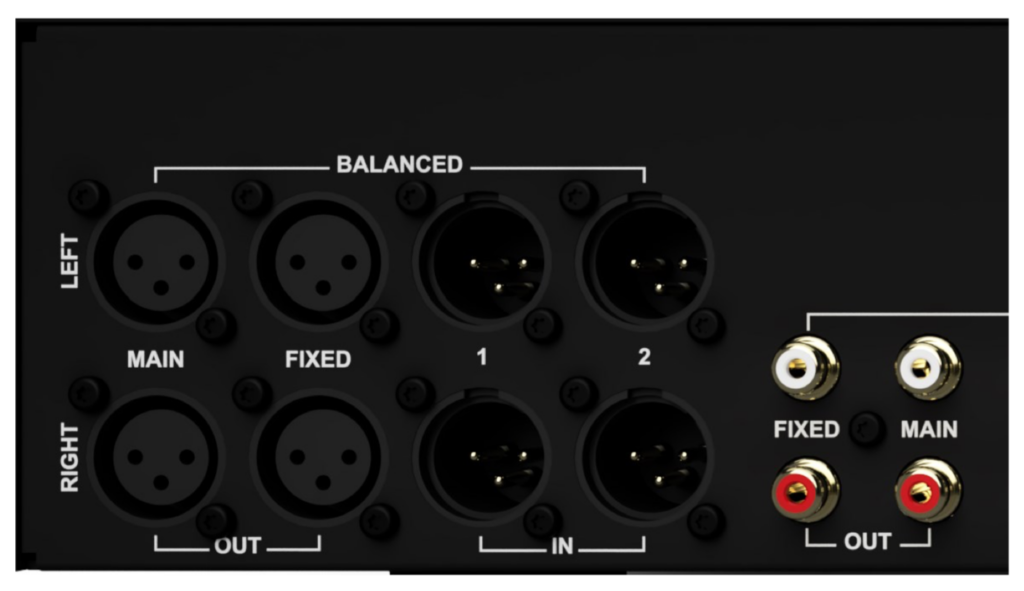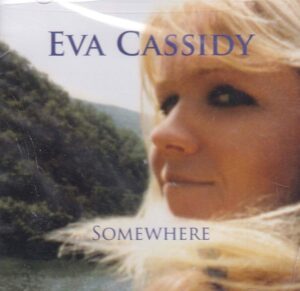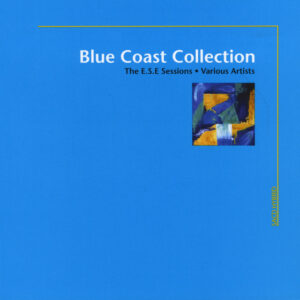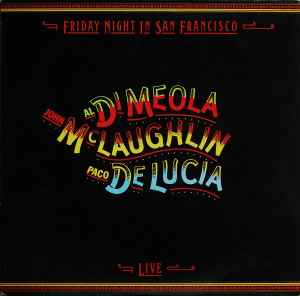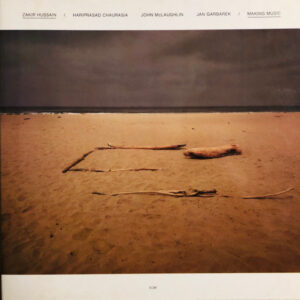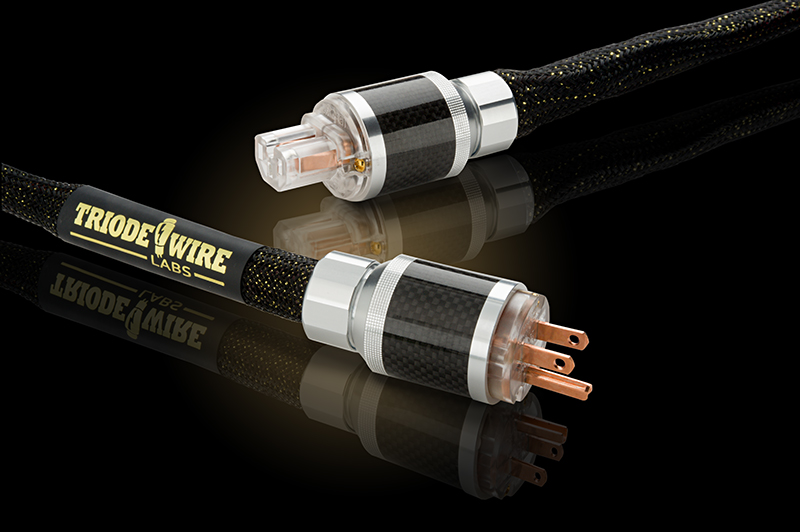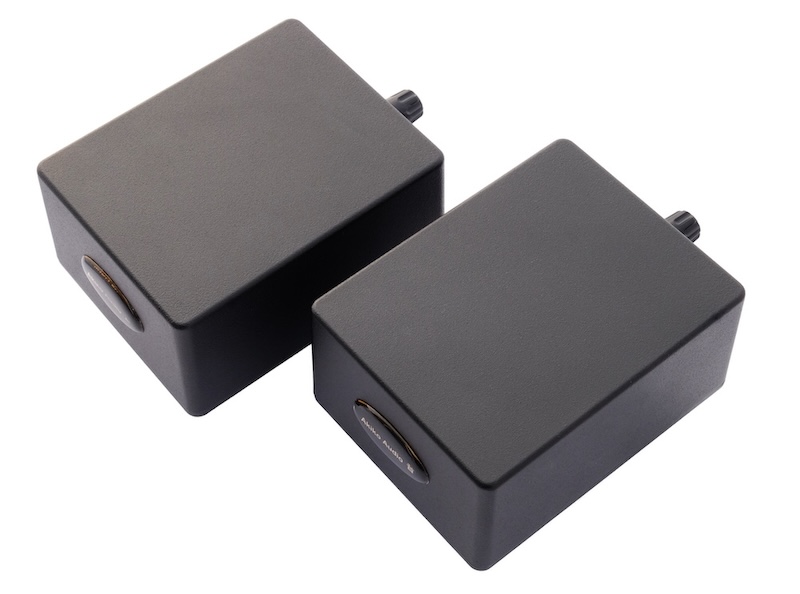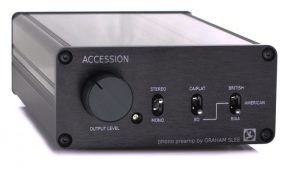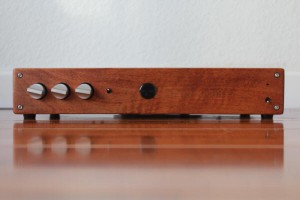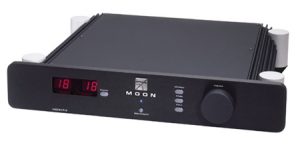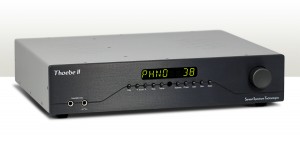For almost two decades now, my reference preamplifier was the Bryston BP-26 powered by the Bryston MPS-2 DC regulated power supply. I was perfectly happy with the performance of this combination and the vast connectivity options that it offered. When Bryston introduced its new BP-19, I was impressed by its specifications, and I have to admit that I was tempted to upgrade, but then I assumed that given the very satisfying performance of the BP-26, the improvement would only be marginal at best. So, I decided to maintain the status quo.
All that changed, when James Tanner, the CEO of Bryston, offered me the opportunity to try out the new BP-19. I thought, here is an opportunity to hear for myself how different the BP-19 is to the BP-26/MPS-2 combo. I am so glad I did, because the performance of the BP-19 blew me away!
Tanner joined Bryston in 1976, and served as its Vice President for many decades before CEO Chris Russell retired in 2021 and Tanner acquired the company and became the CEO. Under Tanner's leadership Bryston has streamlined and modernized the company with an online portal for order processing, a web-to-dealer referral service, an expanded sales force a customer service hotline with real time support for dealers and customers, and enhancements to Bryston's research and development and manufacturing infrastructure. Under Tanner, Bryston's industry leading 20-year parts and labor warranty on analog products lives on.
The quarter inch thick aluminum faceplate of the BP-19 is elegantly designed, and is offered in 17-inch and 19-inch width options with a choice of five colors—black, white, gun metal grey, silver, and champagne. The Bryston logo is now silk-screen printed on the faceplate rather than engraved, as was done in previous models. The BP-19 that Tanner brought over for me to check out has a silver finish and 19-inch width faceplate.
The good-sized volume knob offers advanced linear attenuation control that allows you a lot finer loudness adjustment than the BP-26. The quarter-inch head phone jack is complemented with a black and white OLED display. The built-in headphone amplifier is Bryston's powerful and proven Low Z.
The back of the BP-19 has all the input and output connections that most audiophiles would ever need and, in this regard, it is similar to the BP-26. In addition, it offers an IEC power inlet an Ethernet control port, a USB port, a RS232 jack, a ground connection, one trigger-out and two trigger-in jacks. Of the two sets of balanced outputs, one is fixed and the other is variable. In my particular case, I would have liked both to have been variable because I could have used the second set to feed my two powered JL subwoofers.
Unlike the BP-26, the BP-19 has no separate power supply. Despite this, counterintuitively, the BP-19 is significantly quieter. The distortion and rated THD/noise measurement is a very impressive 0.0006% from 20 Hz to 20kHz. The IMD is 0.0003%, and the signal to noise ratio, at -110 dB, compares to preamplifiers that cost way lot more. This could be because the BP-19's power supply uses filter capacitors and huge toroidal transformers that have two windings, of which one is dedicated to the control circuitry. It also incorporates tightly matched components and a surface mount design. The fully balanced signal path also contributes to the very low noise level.
The BP-19 consumes 0.5W in standby mode and 12W when in operation. Bryston has also ensured that the BP-19 dances well with most power amplifiers, thanks to a maximum output voltage of 12V via both balanced and unbalanced outputs.
I tried to program my Logitek Harmony One universal remote to control the BP-19, but I could not find the relevant HEX code. I took a chance and programmed the Harmony One using the HEX code to control the BP-17 and it worked great in controlling the BP-19.
In my reference system used for this audition, the BP-19 source components are the Bryston BDP-1 digital player as well as the Nucleus Plus digital streaming music server running Roon, the Ayre CX-7e CD player, and the Triangle Art Concerto Turntable with a Goldring 1042 cartridge and Jelco tonearm. The BP-19 fed my Pass Labs XA-100.8 power amplifiers.
The audition was done using my library of over a quarter of a million tracks, most in either Red Book or high-resolution files, and with a near mint vinyl collection including many MFSL pressings. My speakers are the ACA Seraphim Skogrand Edition. My cables are a mix of Skogrand Beethoven and Cardas Clear Beyond.
From the get-go, it became very apparent to me that the BP-19 is a completely different beast to the BP-26. Tonally, it is a lot purer, creamier, and more pristine. Musical notes are better defined and more focused. The very faint grunge that I could occasionally hear through the BP-26 has all but disappeared with the BP-19.
Through the BP-19, I can listen to most music at lower volume level with minimal loss of resolution and fine, subtle micro details. I can also listen to my music at higher volume levels with much less audible distortion or compression. This has resulted in significantly less listening fatigue even during listening sessions that go on for many hours.
The sound stage painted by the BP-19 is wider, deeper, and taller. I am now able to locate music instruments and voices with pinpoint accuracy, and can detect a lot more air between them. Leading edges now attack with a lot more definition, and decay occurs a lot more naturally; surprisingly close to what I hear at a live performance.
Eva Cassidy is such a challenging singer to set the volume to because of the incredible dynamic range of her voice. If I set it too high, I had to deal with distortion and compression when Eva belts out her renditions with full throated gusto. If I set it too low, Eva's voice used to lose a bit of texture and saturation when she croons at near whisper levels.
With the BP-19 in the mix, I can now set the volume on any of Eva's tracks on her Somewhere album a lot easier because the extremely low noise levels don't mask the subtle nuances and details when she goes soft and gentle and when she is on full throated mode, it comes through with much less compression or distortion, making it still a pleasure to listen to.
When listening to Garett Brennan's "The Dog Song" from the Blue Coast Collection – The E.S.E Sessions Audiophile Edition Album, Garett's husky voice is rendered with more of the emotion that he is known to put into his songs.
One album that is difficult to play at high volume levels, without hearing at least some distortion, is Poem of Chinese Drums by Hoc-man Yim. The attack and decay of the thunderous strokes on the giant drums are a real challenge to reproduce accurately. However, with the BP-19 doing its thing, the bottom octave is produced so tautly and tunefully, I could enjoy Yim's performance with a new level of enjoyment that comes a lot closer to what I experience when I attend live concerts where similar instruments are used.
When the three great guitar maestros—Al Di Meola, John McLaughlin, and Paco de Lucia got together perform in a concert, it resulted in an album for the ages—Friday Night in San Francisco. My favorite track from this album is "Mediterranean Sundance." I have heard and enjoyed this track over a hundred times, but never enjoyed it as much as I did with the BP-19 in the mix. Now, even with the busiest passages on this track, when all three guitarists duel it out with such gusto, I am able to easily follow any of the three guitars individually and appreciate the fabulous skill involved by that artiste, or just relish the way all three complement each other, creating an astoundingly enjoyable musical whole.
One of my favorite albums is Making Music, featuring Hariprasad Chaurasia, Zakir Hussein, Jan Garbarek, and John McLaughlin. On the track "Water Girl", Hussain opens by reproducing the sound of water drops, on the tabla, an Indian percussion instrument. I have attended a live performance of Hussein where I marveled at how close he came to making his strokes on the tabla sound like water drops. I have heard the CD version of this album many times before, but it was only after hearing it with the BP-19 in the mix, that the tabla strokes once again sounded amazingly like water drops, very much like it did at the live performance I attended.
It is also very apparent that the headphone amplifier in the BP-19 is truly top-notch. I did a lot of listening through my trusty Sennheiser HD-600 cans, and all I can say is that, across all genres of music, my headphones have never sounded better.
Before adding the BP-19, whenever I did any critical listening on my reference system, my attention was mainly focused on how well my system reproduced my recorded music. Now, thanks to the BP-19, I have such a crystal-clear sonic window into the actual recording, I find my attention constantly drifts to the recording techniques adopted by the recording engineers, and I am able to more easily analyze, admire, and appreciate the recording talents of greats like Alan Parsons, David Chesky, Cookie Marenco, and the late great Tommy LiPuma.
What makes this review extra special is the fact that I got to hear the BP-19 in my own reference system, as well as in James Tanner's reference system. Tanner graciously invited me to his home to audition his own reference system that is almost exclusively comprised of Bryston components. This allowed me to compare the performance of the BP-19 in a mostly Bryston system, to the BP-19's performance in my reference system with components from many brands which I listed earlier in this review.
It is a fact that there is no single system that will please all audiophiles and, in general, audio systems run the gamut of being cool and clinically accurate, and in extreme cases, sterile, to being warm and musical, and in extreme cases, euphonic. Based on your specific taste and preferences, it would behoove you to select components that combine to achieve a blend of accuracy and musicality that is most pleasing to your ears.
A good analogy would be great soccer teams like Germany and Switzerland on one hand, and Spain, Argentina, and Brazil on the other. When you watch the German or Swiss team play, you are totally wowed with the discipline with which the game plan is executed, with the pinpoint, clinical accuracy when passing the ball to teammates and the single-minded focus that every player maintains throughout the game.
In contrast, Spain, Argentina, and Brazil, dazzle you with the sheer flair and artistry of the players. You are seduced by the quick-silver, inventive footwork as they deftly dribble the ball and mesmerize the opposition and the spectators with creative moves that are sheer poetry in motion.
In both cases, the strategy adopted, though vastly different, are wildly successful, as seen in the number of very impressive wins that all these national teams have experienced on the world soccer stage.
In the world of audio, it would be unfair to claim that one way is better than the other, as it comes down to personal preferences. I found previous generation of Bryston amps to deliver music with a great deal of precision and accuracy. Over the past decade, with their cubed series, Bryston amplifiers, while maintaining their precision, became increasingly warmer and more musical. This progression seems to have culminated with the BP-19, where to my ears, they have struck a very pleasing balance between precision and musicality.
I found the overall performance of Tanner's mostly Bryston system to be absolutely top-notch and truly sublime. It reproduces music with the legendary Bryston precision. However, it is also more musical than previous generations of Bryston gear that I have heard. If you prefer your music to be reproduced that way, you certainly cannot go wrong with a system comprising of more recent models of Bryston components. This strategy would have the additional advantage of having components that match perfectly, not just with regard to specifications but also in terms of aesthetics.
I like to think, over the past 36 years that I have been reviewing high-end audio gear, when assembling and fine tuning my reference system with new upgraded components, I have walked, what the Buddhists call, the middle way. In adopting this strategy, I believe I have managed to select components that blend together the best of both styles, to reproduce music with a great deal of precision and accuracy but at the same time, preserving the heavenly melodious and harmonious qualities that make music so amazingly pleasurable to listen to.
As for the BP-19, as you may have guesses, it is my new reference preamplifier. Why? Because with this component, Tanner and his team have achieved the holy grail of combining precision and accuracy with truly seductive musicality that embodies the story of, the glory of well reproduced music!
BP-19 Preamplifier
Retail: $5195
Bryston
2885 Highway 60
Dwight, Ontario
Canada P0A 1H0
1 800 632 8217 / 705 742 5323




